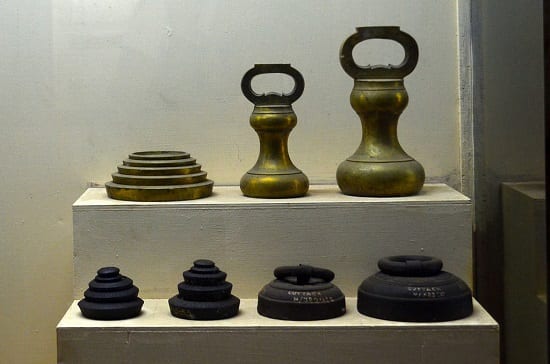Blog
How Many Types of Gold Karat are there?
The origins of the karat in the gold trade
It is believed that the term ‘karat’ dates back to mediaeval times. The use of carob seeds was associated with the system of weighing things thousands of years ago. It is not known whether these seeds were used to measure gold and other precious metals at the time. However, there is historical evidence of its use during the Greek and Roman periods. There are a total of 24 carats that make up pure gold. The Roman pound was called a ‘Libra’. Historians believe that the Libra was used to measure gold at the time and that it was equal to 24 silver coins, which the Romans called a ‘siliqua’. It is possible that the number 24 has been handed down from these ancient times.
Use of the karat in modern times
A weight of 200 mg was derived as the specific weight of a karat. Numismatic research about the coinage used by the Romans has proved that these subdivisions were associated with the Roman Libra. During the 19th century, the German ‘Mark’ had a weight of 24 carats, equivalent to 4.8 g. Pure gold is way too malleable to be used in the jewellery industry or as a metal for coinage. Consequently, the word ‘karat’ became associated with the measure of pure gold within a resilient alloy.
Click here to download the Insiders Guide to Gold & Silver Investment


A measure of purity
Pure gold is therefore represented by the number 24 in karats. Each is of equal value and so is 1/24th pure gold by weight. So, 18-karat gold is 18 parts pure gold, with the balance of six parts constituting other alloys and base metals. In reality, it is difficult to measure the actual purity of gold, using scientific methods. One way that has been used in modern times is the use of XRF (X-ray fluorescence). This scientific development analyses the purity of metals, based on the light reflected off it. However, only a surface evaluation is possible. Consequently, the industry still relies on reputed and reliable dealers for the supply of pure gold.
Investment-grade gold
Investment-grade gold is either 22 karat (most common amongst Sovereigns and other popular bullion coins) or 24 karats (now used for some 1oz bullion coins like the Britannia and most gold bars). Even 24-karat gold isn’t completely pure but instead will be somewhere in the region of 99.9% gold. Jewellery can commonly be made of lower karat gold such as 9 carats and 18 carats which are more resilient than higher purities, cheaper and more suited to clasping precious stones.
The different values of carats
Typically, 24-karat gold is considered to be the purest, although it may not be 100% pure. As stated earlier, the purity value of 24-karat gold is evaluated as 999.9, or 99.9%. Similarly, the next number is 22 karats. This is considered to have a gold purity value of 91.6%. Jewellery is usually manufactured with 18-karat gold and purity values thereafter. Gold that has a purity value of 18 karats will usually have a pure gold content of 75%. 14 karats, which has a purity value of 58.5% is also ideal for making jewellery. 10 karat gold with a purity of 41.7% has more base metal content than the gold itself. However, it is widely used in the jewellery industry due to its affordability. When you purchase jewellery, the karat value will be clearly demarcated. Interestingly, US laws state that jewellery made from gold below 10 karats cannot be labelled as gold.
Call the experts at Physical Gold to know more about gold evaluation
Our team of investment experts at Physical Gold can help you determine the purity of any gold you possess. If you wish to invest in gold and have any questions related to the purity products, our gold experts will be happy to help you out. Get in touch with our team by visiting the Physical Gold website.
Image credit: Subhashish Panigrahi


